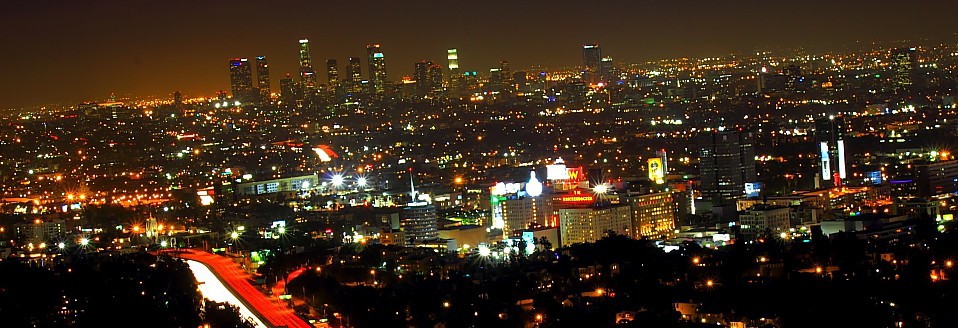The setting is galvanizing from the moment the film begins. Queendom, set in the heart of Russia, is a compelling documentary from Agniia Galdanova. The film profiles transgender artist Gena, as she navigates her life – in which she becomes a living art form and activist, wrapped in fabric, repurposed trash, and painted tape.
The artist moves in a snowy small-town landscape, navigating troughs of predjudice, and the confining love of her grandparents, who cannot accept her art or her rebellious nature, much less her gender transformation. There are conversations with friends, the abandonment of a school of cosmetic study in Moscow due to Gena’s acts of protest, and most of all the growing awareness – as she moves from the village of Magadan to Moscow, and by film’s end, Paris, that she can shine her artistic light on the brutality and cruelty of the Russian regime and its war with Ukraine, exposing both.
The imagery of the film – Gena’s amazingly created costuming, the icy and bleak backdrop of her home village, the harsh lines of Moscow, and the almost palpable sense of relief the viewer and the subject feel as she moves through the more gracious architecture of Paris, is deeply engaging.
If Gena begins the film as a misunderstood misfit in the unyielding winter of Communist Russian culture and politics, viewers watch as her work grows to embrace the power of artists. Artists, after all, are something of the canary in the coal mine, pointing out danger and distress. Artists like Gena can effectively call attention to brutality, inequity, and violent injustice.
The film starts with her building an Instagram following, creating set pieces with her fabulous, sculptural costuming for views, and follows along quietly and decisively as she turns her art into a potent weapon for political activism, at great risk to her own well-being – by birth gender, she might very well be drafted to fight in the war.
Over the course of the film, she moves from a somewhat self-serving personal view to one of force, bravery, and action; discovering that to use her art and truly be herself, she can become the focal point of an important movement that radiates beyond her personal desires.
Visually stunning and yet intimate and quiet in approach, the film makes an excellent opening night salvo in what is sure to be another exciting year at Mammoth Lakes Film Festival.
- Genie Davis; images provided by the festival
















































